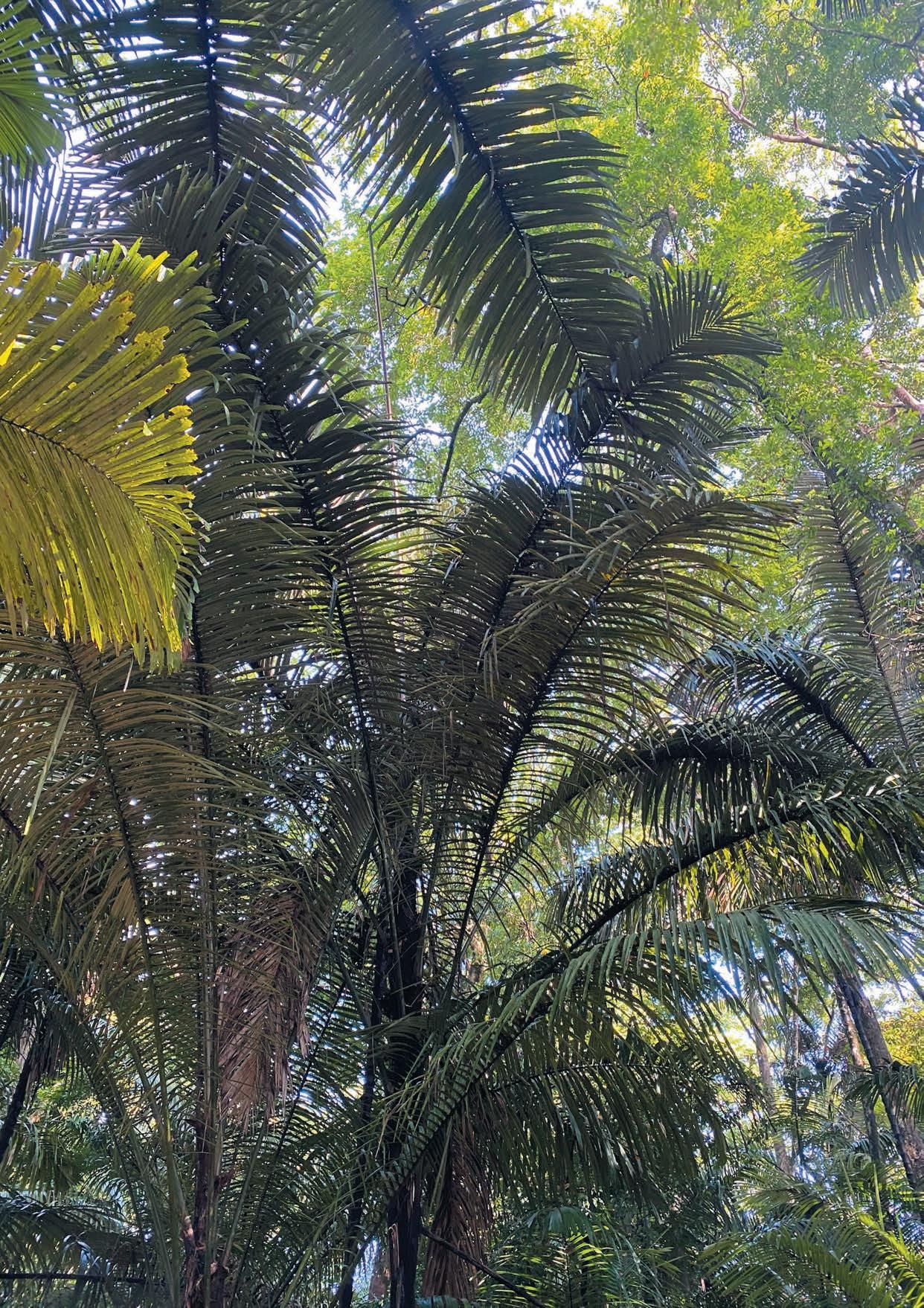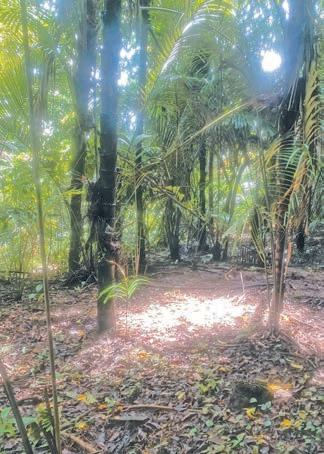
2 minute read
Indonesia Clearing the way for more Javan rhinos
Clearing the way for more Javan rhinos
IMAGES IRF
Advertisement

Until the late 19th century, Javan rhinos roamed from northeast India and the Sundarbans (a vast tract of forest and saltwater leading into the Bay of Bengal from India and Bangladesh), throughout mainland Southeast Asia, and on the island of Sumatra. Now, they are found in just one National Park on the island of Java. Thankfully, their population appears to have stabilised in recent years. And now, ensuring that there is suitable habitat for their numbers to grow, is essential.
Christopher Whitlatch | Communications Director, International Rhino Foundation
Today, all Javan rhinos (76 individuals) live in Indonesia’s Ujung Kulon National Park (UKNP). Thanks to 24/7 protection and monitoring by expert Rhino Protection Units, no poaching has been recorded in the UKNP for more than 20 years, and at least one calf has been born every year since 2012.
However, a major challenge for the continued recovery of this Critically Endangered species is the availability of healthy habitat. To create more space for Javan rhinos, and in turn, help the population grow, we have been working with our local partner, Yayasan Badak Indonesia (YABI).
One of the biggest parts of this project has been the creation of the Javan Rhino Study and Conservation Area (JRSCA), a 5,100-hectare area within the UKNP, established by the Government of Indonesia. Within the area, rhinos can safely move around to search for food, water, and mates. Whilst the space was created with Javan rhinos in mind, keeping it a rich and healthy habitat remains tough.
Arenga obtusifolia, commonly known as Arenga palm (background image), is a fast-growing plant species that has found its way into the UKNP. Thriving in the tropical Javan forest, Arenga palm chokes out other native plant species as it grows up to heights of 16 metres and dominates the canopy. It spreads rapidly, congesting the forest and other plants (including preferred rhino food), and reducing rhinos’ access to the full JRSCA habitat.
Reducing Arenga palm is a tough, manual, and time-consuming task. Alongside YABI, we began a programme to reduce and control Arenga obtusifolia, opening pathways and creating more food sources for Javan rhinos.
Between July and December every year, YABI employs 250 people from areas surrounding the UKNP to remove Arenga palm. Using basic equipment including hand saws, shovels, hoes, and pruning shears, Arenga is carefully and quietly removed; making as little noise as possible is crucial if we are to avoid disturbing the reclusive Javan rhino!
Once the plant is removed, not only can Javan rhinos move into formerly hard-to-reach areas, but their preferred foods are no longer crowded out, and can regenerate quickly.
With all remaining Javan rhinos living in this one national park, the species is particularly susceptible to natural disasters, lack of food and water, and disease breakouts. Continued protection, monitoring, habitat restoration, and community involvement are key not just for the survival of the individual rhinos living now, but for the future of their species.










